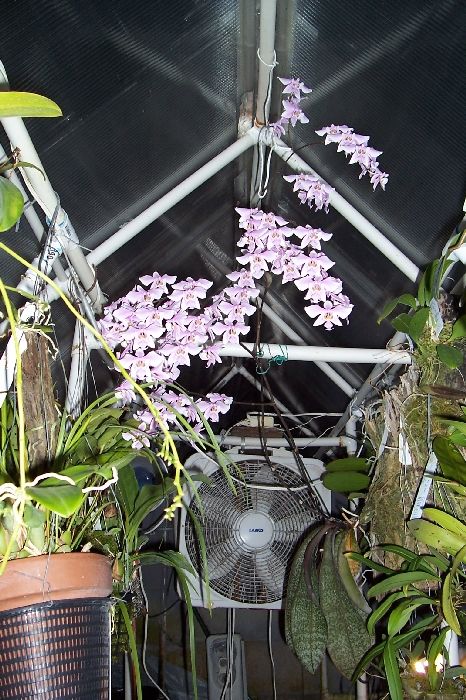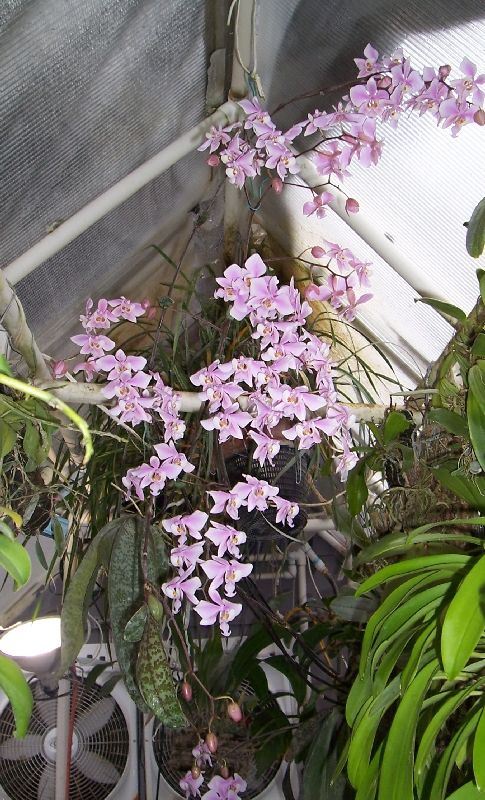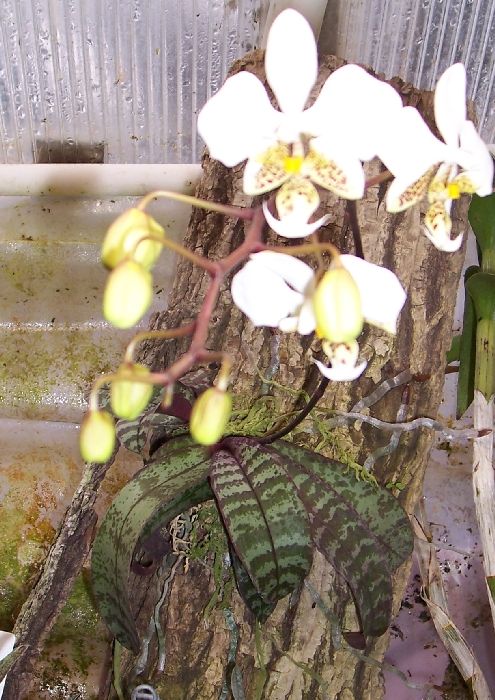Stone
Well-Known Member
First pic was taken in June 2012. If you have a look and compare the schillereiana and speciosa (lower right) then and now, you can see the results of feeding agressively. (Well what I call agressive anyway)

They have been fed constantly with 75/25 Nitrate/ammonium and urea at about 90ppm K at about 60 to 70 ppm (and etc with all the others) 2 or 3 times per day by dunking. pH is always around 6 or a bit less.
They also get sprayed with fermented fish fert whenever I have it in my hand (at least every week) No plain water until this week as I need to wet them 5 times a day (very hot now)
Today... The same schill.
Opinions welcome...

And the speciosa


They have been fed constantly with 75/25 Nitrate/ammonium and urea at about 90ppm K at about 60 to 70 ppm (and etc with all the others) 2 or 3 times per day by dunking. pH is always around 6 or a bit less.
They also get sprayed with fermented fish fert whenever I have it in my hand (at least every week) No plain water until this week as I need to wet them 5 times a day (very hot now)
Today... The same schill.
Opinions welcome...

And the speciosa







